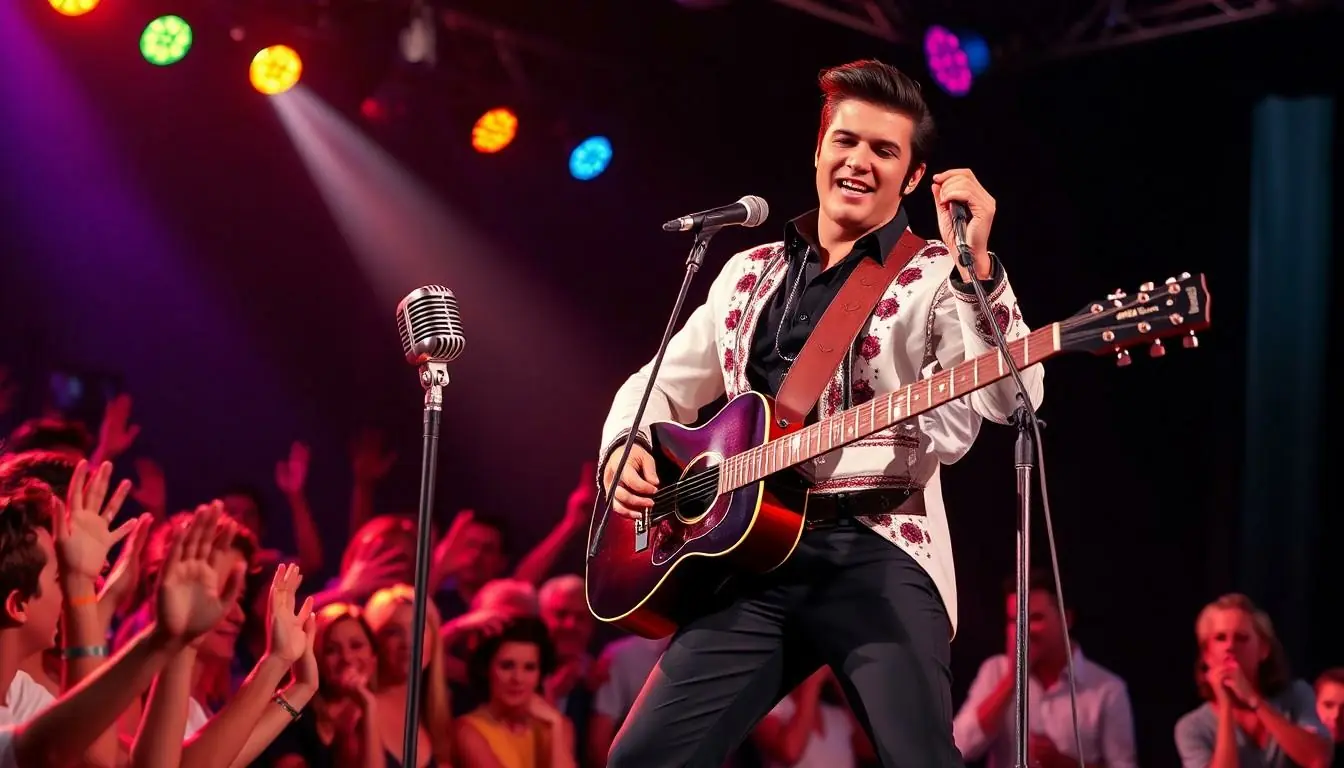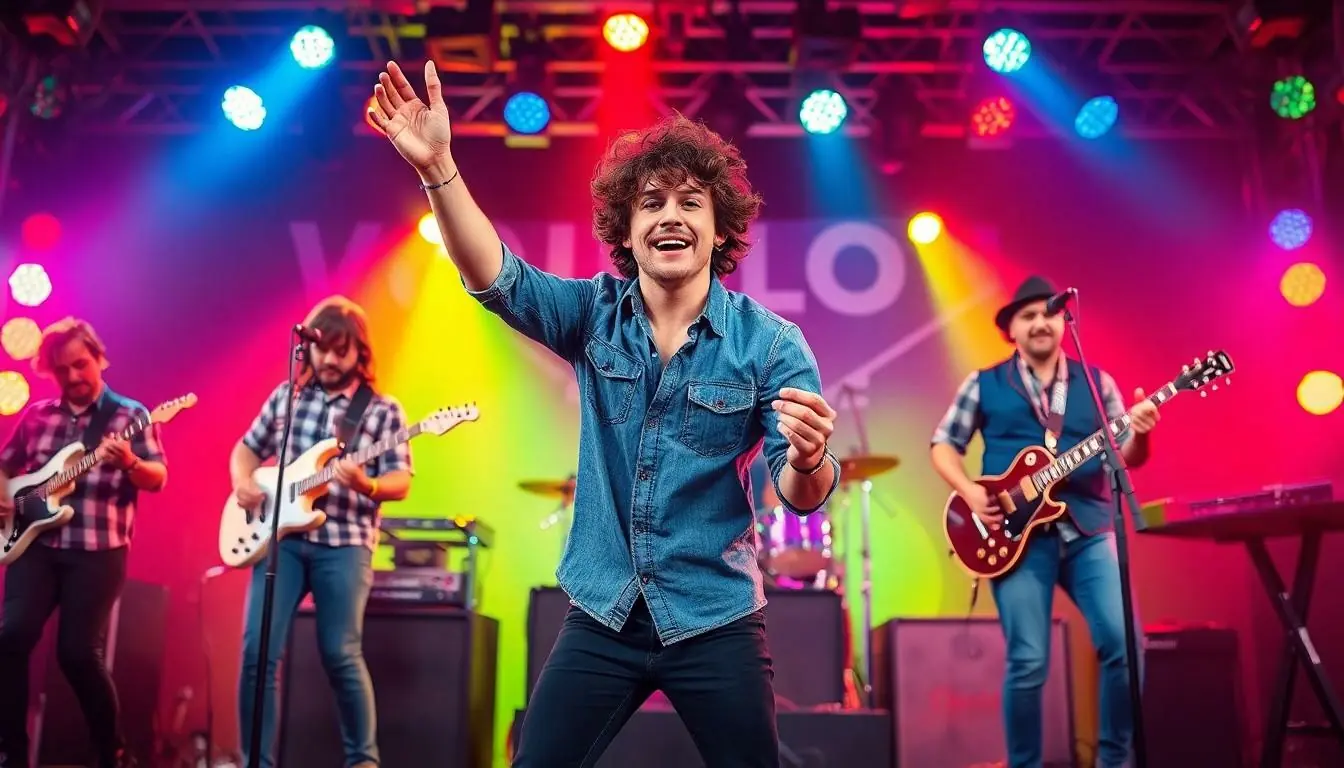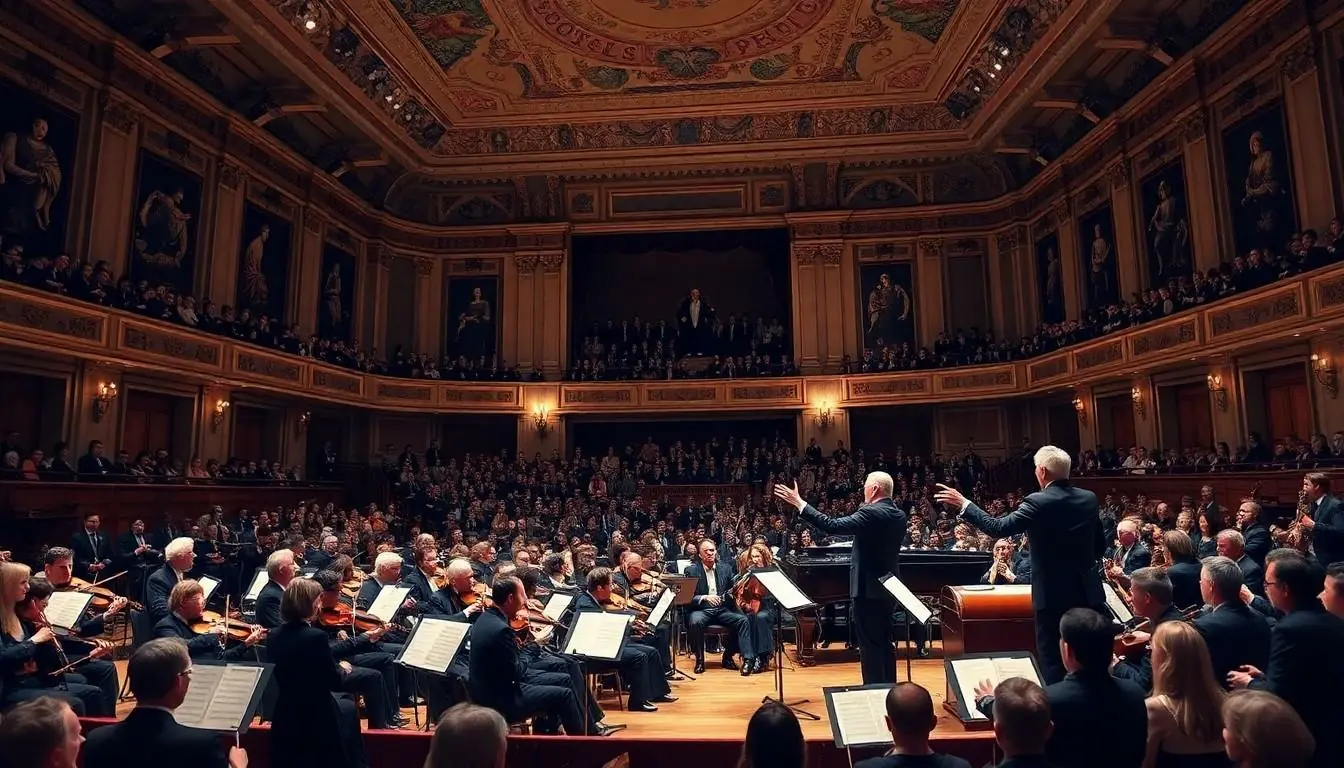Pop music—it’s the soundtrack to countless road trips, dance parties, and even those awkward moments in the grocery store. But have you ever stopped to wonder who actually created this catchy genre that gets stuck in your head like gum on your shoe? From toe-tapping tunes to chart-topping hits, the origins of pop music are as fascinating as they are entertaining.
Table of Contents
ToggleThe Origins Of Pop Music
Pop music emerged from a blend of various genres, evolving through cultural shifts and innovations. Its catchy melodies and relatable themes resonated with listeners, marking its importance in music history.
Early Influences
The evolution of pop music traces back to several key genres. Jazz and blues provided foundational elements in the early 20th century. Swing music, with its vibrant rhythms, also shaped the genre during the 1930s and 1940s. Folk music contributed lyrical storytelling that later influenced various pop artists. Rock and roll introduced a rebellious spirit, transforming the musical landscape in the 1950s. Each influence paved the way for pop music’s signature sound.
Key Historical Moments
Several milestones significantly impacted pop music’s development. The introduction of radio in the 1920s expanded music accessibility, allowing pop artists to reach broader audiences. The 1960s marked the British Invasion, with bands like The Beatles redefining the genre’s global appeal. The advent of MTV in the 1980s revolutionized music promotion, prioritizing visual presentation. The rise of digital music in the 2000s shifted consumption methods, leading to new distribution platforms. Each moment contributed to the rich tapestry of pop music’s history.
Notable Figures In The Development Of Pop Music

Pop music’s evolution owes much to significant contributors from various eras. The following explores key figures and movements that shaped the genre.
The Impact Of The 1950s
The 1950s marked a crucial turning point in pop music history. Elvis Presley emerged as a commanding force, blending rock and roll with a mainstream appeal. Additionally, Chuck Berry introduced guitar-driven rhythms that captivated audiences, pushing pop toward a more energetic sound. Producers like Sam Phillips played a vital role by recognizing talent and creating sounds that resonated deeply with youth culture. Motown Records launched artists like Berry Gordy, whose vision laid the groundwork for contemporary pop. This era set the stage for pop’s commercial viability and the rise of teen idols.
Trailblazers Of The 1960s
The 1960s witnessed a wave of innovation within pop music. The Beatles transformed the musical landscape with their catchy melodies and groundbreaking studio techniques. They blended genres, appealing to diverse audiences and inspiring countless artists. Artists like Bob Dylan introduced lyricism that elevated pop song storytelling. Motown’s Diana Ross and The Supremes defined girl groups and brought sophistication to pop performances. The decade also saw the rise of Woodstock, a location that symbolized music’s power for change. Iconic figures from this era laid the foundation for pop music’s ongoing evolution and broad appeal.
The Evolution Of Pop Music Through The Decades
Pop music evolved significantly over the decades, influenced by cultural trends and technological advancements. Its transformation reflects the changing tastes and preferences of listeners worldwide.
The 1970s And Disco Era
The 1970s marked the rise of disco, characterized by its danceable beats and vibrant energy. Artists like Bee Gees, Donna Summer, and Chic dominated the charts with infectious songs that defined the era. Dance clubs flourished, creating a new space for music experience and community. Notable tracks like “Stayin’ Alive” and “I Will Survive” showcased not just catchy melodies but also themes of empowerment. The emergence of disco influenced pop music production, leading to the use of orchestral arrangements and electronic instruments.
The Rise Of Synth-Pop In The 1980s
The 1980s introduced synth-pop, a genre heavily reliant on synthesizers and electronic sounds. Bands such as Depeche Mode and Duran Duran gained immense popularity, appealing to a generation fascinated by technology and innovation. Hits from this period often featured catchy hooks and innovative production techniques. MTV’s rise contributed to synth-pop’s success, providing a platform for visually captivating music videos. With songs like “Girls on Film” and “Just Can’t Get Enough,” the 1980s solidified pop music’s connection to visual media and youth culture.
The Diversity Of The 1990s
Throughout the 1990s, pop music diversified, incorporating influences from hip-hop, R&B, and alternative rock. Icons like Britney Spears, Backstreet Boys, and TLC showcased this eclectic mix, appealing to various demographics. The decade produced landmark albums like Spice and No Strings Attached, illustrating pop’s commercialization and youth culture’s impact. Cultural phenomena like boy bands and girl groups resonated with audiences, creating a teenage-centric market. This period also saw the introduction of digital music, paving the way for future innovations and global connectivity in the music industry.
Contemporary Pop Music Icons
Contemporary pop music features a diverse array of artists who shape the genre. These musicians reflect current trends and resonate with listeners on various levels.
Influential Artists Today
Madonna continues to influence today’s pop scene with her boundary-pushing style and theatrical performances. Billie Eilish captures the youth experience through her poignant lyrics and unique aesthetic. Drake combines rap and pop elements, drawing in a vast audience with catchy hooks and relatable themes. Taylor Swift stands out for her storytelling ability, evolving from country to pop while maintaining strong connections with fans. Ed Sheeran’s melodic craftsmanship brings a blend of genres together, showcasing versatility and widespread appeal.
The Role Of Technology In Modern Pop
Technology has transformed modern pop music, enabling artists to produce and share their work easily. Digital platforms like Spotify and Apple Music provide access to a global audience, allowing emerging talents to gain recognition swiftly. Social media plays a crucial role, helping artists engage directly with fans and create viral moments. High-quality production software empowers musicians to experiment with sounds and push creative boundaries further. Video-sharing platforms allow visual storytelling, enhancing the overall music experience and fostering connections.
Pop music’s journey is a testament to its dynamic nature and cultural significance. From its roots in various genres to the technological advancements that shaped its evolution, it continues to resonate with audiences worldwide. The genre’s ability to adapt and reflect societal changes ensures its relevance in today’s music landscape.
As new artists emerge and innovative sounds develop, pop music remains a vibrant force that connects generations. Its history is rich with influential figures and movements that have paved the way for the artists of today. The ongoing evolution of pop music promises to keep listeners engaged and inspired for years to come.




